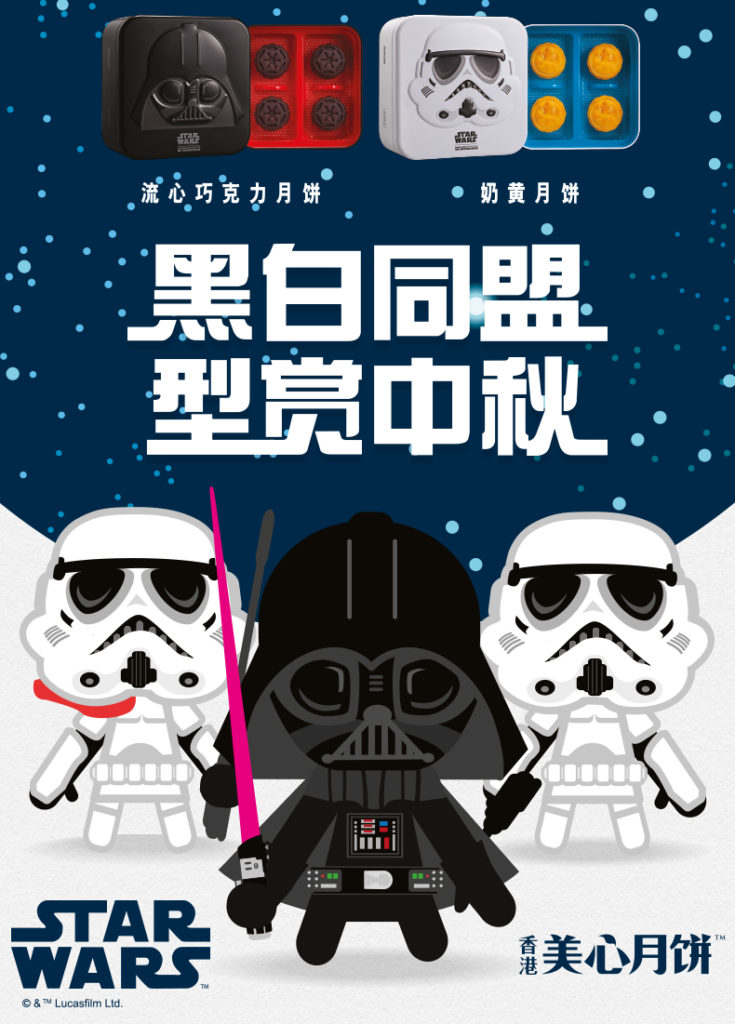Ah, Mid-Autumn Festival. A time of coming together, a time of thanks, but most of all, a time of…mooncakes. What are mooncakes you ask? Well, you’ve come to the right place. Often compared (in both shape and density) to a hockey puck, the mooncake is one of China’s most iconic pastries. Traditionally filled with lotus seed or bean paste along with a duck egg yolk to represent the moon, folk tradition holds that mooncakes date back to the earliest years of the Tang dynasty. Following a major victory over the Xiongnu 匈奴 nomadic tribes to the north of the empire, the Emperor ordered the Imperial kitchens to prepare ‘barbarian cakes with an image of the toad’ 應將胡餅邀蟾蜍 to be presented to the commanding officer, General Li Jing 李靖.1 At the time, toads were associated with the goddess Chang E 嫦娥, who was said to have gone to live on the moon after betraying her husband, the despotic Hou Yi 后裔. Later, the toad was replaced with a (much more marketable) rabbit.
Another story that gets told about mooncakes dates back to the Yuan dynasty, when China was under Mongol rule. Supposedly, Han loyalists printed patriotic messages in the cakes. Being illiterate in Chinese (or perhaps not yet won over to the joys of the Chinese equivalent of a Christmas fruitcake) the messages are said to have circulated right under the noses of the hapless foreign invaders.
Appropriately perhaps, last year Hong Kong mooncake mogols Meixin launched a new line of mooncakes imprinted with the insignia of a somewhat different Empire and Rebel Alliance:
黑白同盟
型赏中秋
An Alliance of Black and White
To Commemorate of Mid-Autumn
- Recorded in Things Seen and Heard in Luoyang 《洛中見聞》. See http://culture.ifeng.com/jieri/special/2013zhongqiujie/content-2/detail_2013_09/17/29696560_1.shtml [↩]
